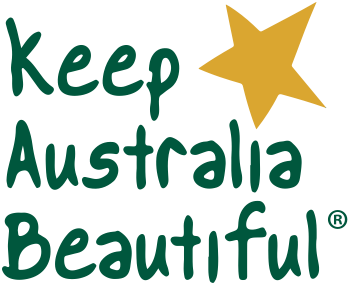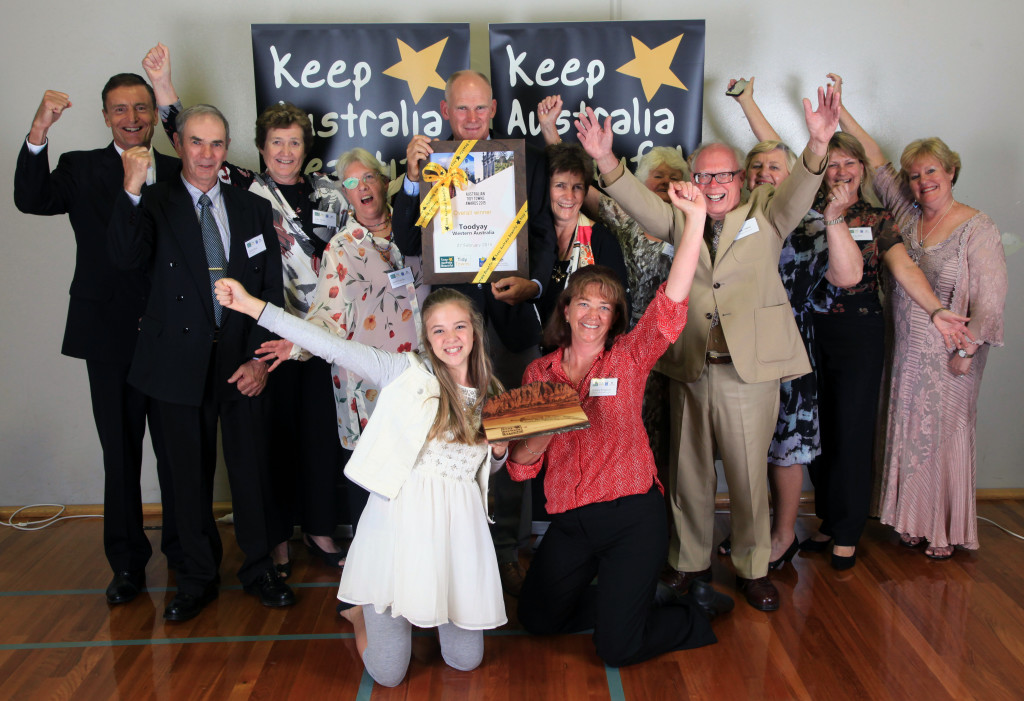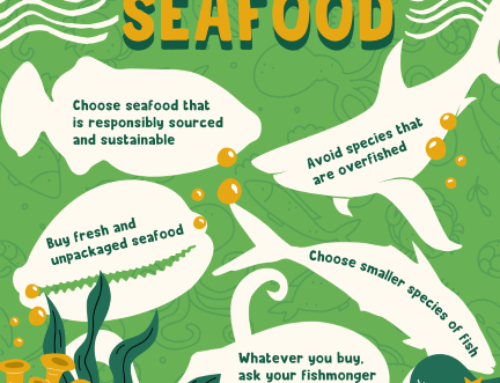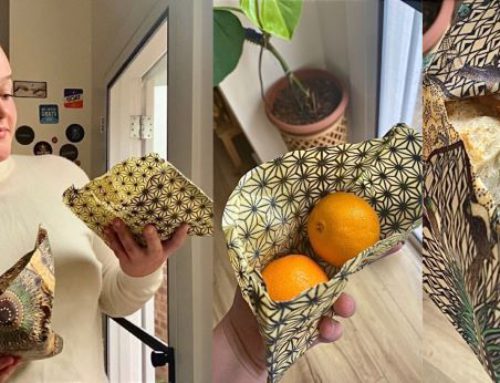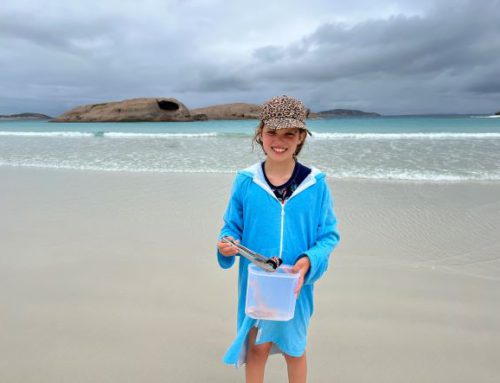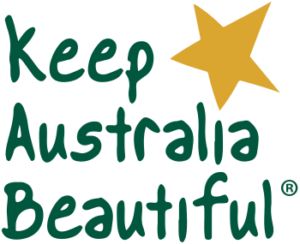A Blog by Positive Change for Marine Life
What do latex balloons represent to you? For many they conjure images of carnivals, circuses and celebrations, yet most people are unaware of the devastating impact that they have on the environment, especially on marine life and ocean ecosystems. One local resident in Fremantle, Western Australia is challenging the local council to take responsibility for latex balloons by banning them from all public events and public spaces in her city. Her story begins here…
Latex IS a naturally occurring product and comes from Hevea brasiliensis, commonly known as the rubber tree. It’s also biodegradable in its natural state, with little processing or additives. The issue with latex balloons is that balloon manufacturers produce them with ammonia as well as tetramethyl thiuram disulfide plus zinc oxide as a preservative against bacterial decomposition. As well as this, balloons are usually made with a small amount of plasticizer added to them…they can hardly be classified as natural after that!
When released into the atmosphere, discarded into landfill or displayed in a public place, they often end up in the ocean where they leach toxic chemicals, take years to break down and often find their way into the belly of a sea turtle, whale or seabird, leading to poisoning and sometimes even death!
Lisa Hills of Fremantle in Western Australia has been working tirelessly to prevent a local store from displaying and allowing latex balloons to litter the streets, enter the drains and end up in the ocean. She’s contacted the store owner, documented the balloons that she’s found and even approached and petitioned council to prevent them from being used. After almost a year of being frustrated with the lack of action on what should be such a small and positive step to mitigate the impacts that we humans are having on the ocean, Lisa approached us to help her with her campaign.
Positive Change for Marine Life means everyday people taking small steps to help protect the ocean. Sometimes these steps are difficult to overcome and require a lot of work, while others involve just a small amount of initiative, like putting your trash in the bin, refusing single-useitems or ceasing use of latex balloons. We’ll be working with Lisa to raise awareness to her petition and her work with the local council toward a ban on balloons in public places across Fremantle. In 2011 The Sunshine Coast banned all latex balloons and we’d like to see others followed in their footsteps toward an ocean less plastic. You can support Lisa’s campaign by signing and sharing the petition here.
Let’s all work toward a Pollution Evolution, one in which single use, toxic items have no place in our society or in our seas!
This blog originally featured on positivechangeformarinelife.org
